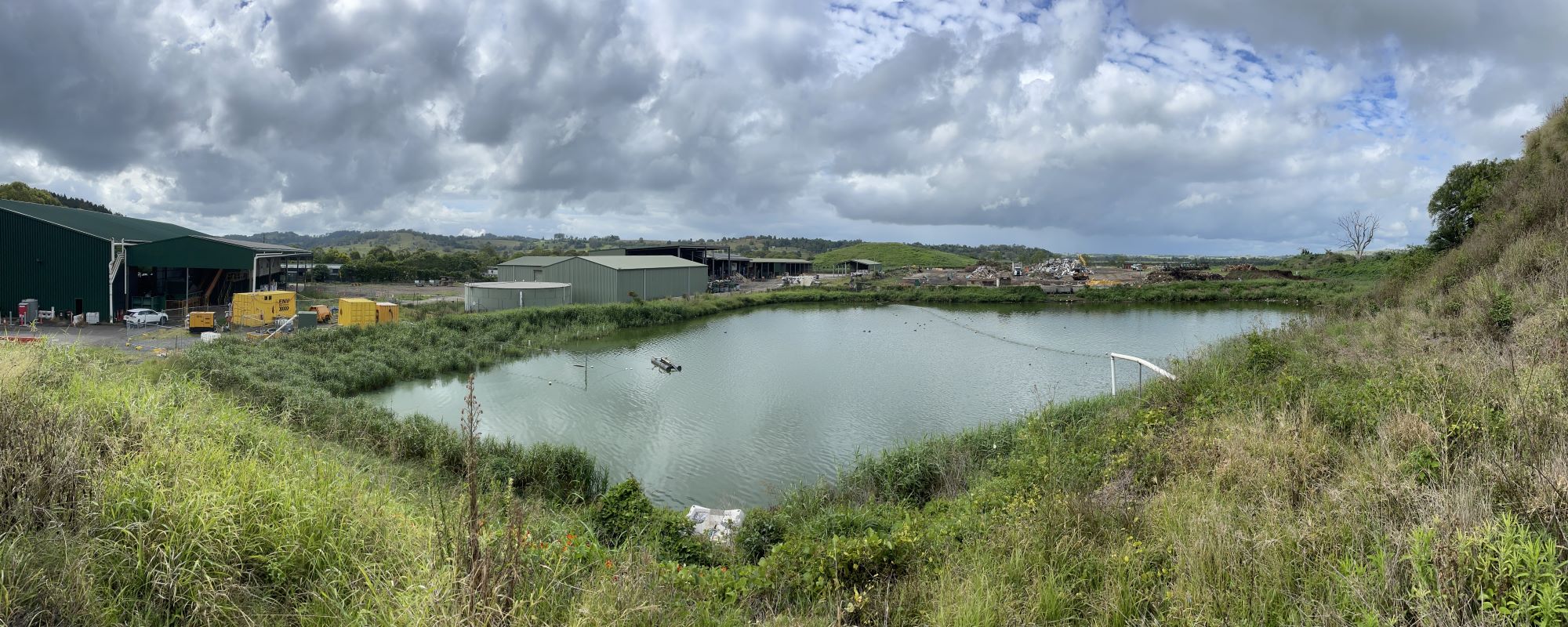
Novel approach solves polluted water crisis in Northern Rivers after floods
NSW Public Works pioneered an innovative solution to clean contaminated water caused by the 2022 floods in the Northern Rivers. The unique approach resulted in 25 million litres of contaminated water being treated on-site, saving an estimated $5 million in transporting the water off-site for treatment.
NSW Public Works has developed an award-winning solution for treating contaminated water, presenting a new, cost-effective system for councils to manage future water discharge.
The approach was created in response to the serious leachate problem after the Northern Rivers floods in early 2022.
Leachate refers to any contaminated liquid generated from water passing through a waste disposal site, accumulating contaminants.
“The 2022 floods damaged the Lismore solid waste landfill and wastewater plant, resulting in 25 million litres of polluted water (leachate),” said Aidan Macqueen, Water and Wastewater Portfolio Manager, NSW Public Works. “We were prevented from discharging the contaminated water to local treatment plants.”
NSW Public Works, responsible for emergency response and support to damaged critical infrastructure, had to find a temporary solution quickly.
“We had to innovate to remove the contaminated water (leachate), so it wasn’t discharged directly to the environment,” he said.
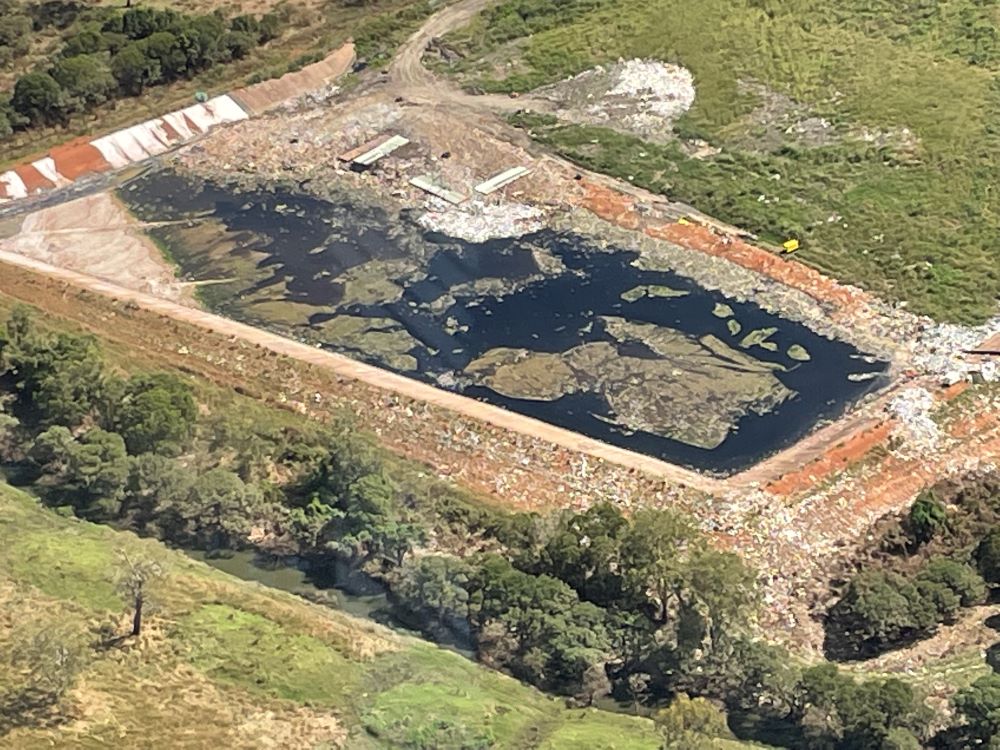
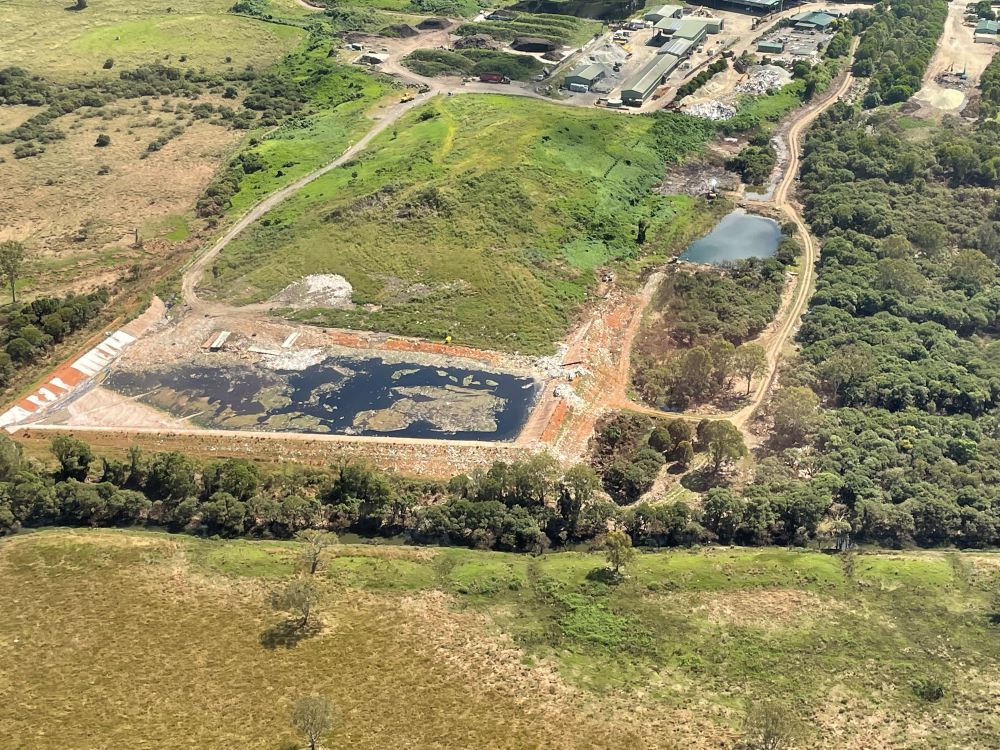
An unlikely answer
The solution for the leachate came from an unexpected place. "In 2019-20, while at a former workplace, I was tasked with solving an arsenic event in Uralla,” he said. “Algae and diatoms had absorbed and transported toxic arsenic into the town water supply, causing widespread contamination.”
Arsenic is a naturally occurring substance in air, water and soil, but is harmful when consumed by humans.
“Through investigations, I recognised the absorption phenomenon, whereby toxins were being absorbed due to the metabolic processes in algae,” said Mr Macqueen, who is an electrical/electronic engineer with post-graduate qualifications in water and wastewater treatment. “This is not normally an issue in potable water treatment scenarios.”
This experience, two years before the 2022 floods, spawned the innovative leachate remedy.
“We [NSWPW] essentially reversed the process I had found at Uralla,” he said. “We used algae to treat and remove toxins from the leachate (and leachate nutrient), using supplements to grow the algae exponentially.”
A novel innovation
Once the treatment strategy had been proposed, NSW Public Works engaged environmental consultants ENV Solutions to support the rollout funded by the NSW Government.
“ENV Solutions provided filtration equipment and labour to assist with the treatment operation under NSWPW’s direction.” Within several weeks, the novel approach showed signs of success.
“Tests showed that it removed toxins such as PFAS/PFOS (synthetic chemicals) and heavy metals from the leachate water column, leaving clean treated water,” he said. “Unbelievably, the water was cleaned to the point it could be returned to the environment.”
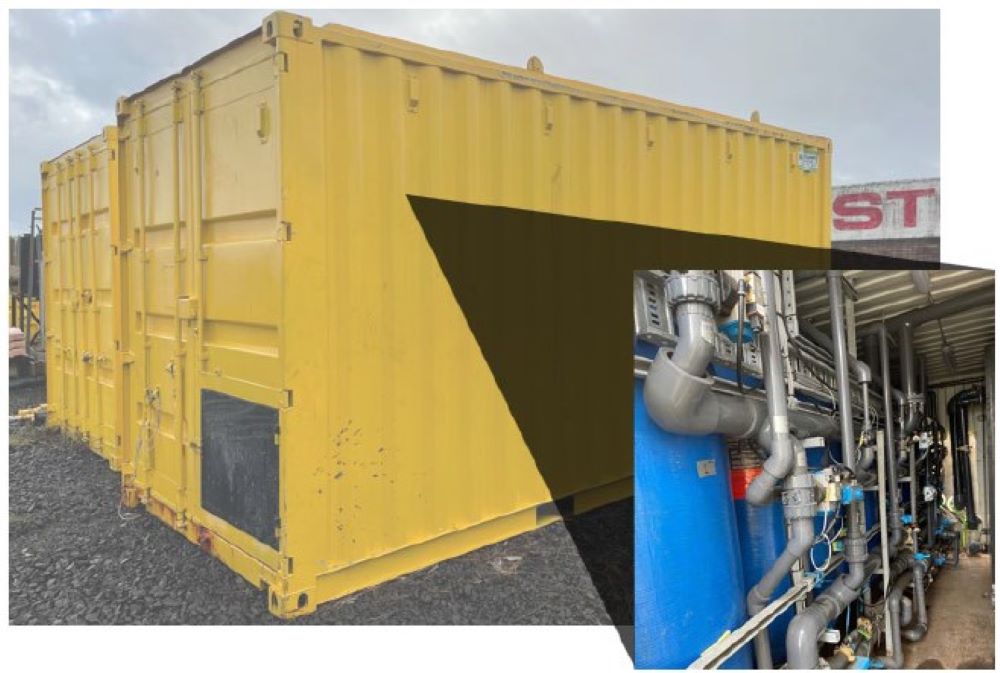
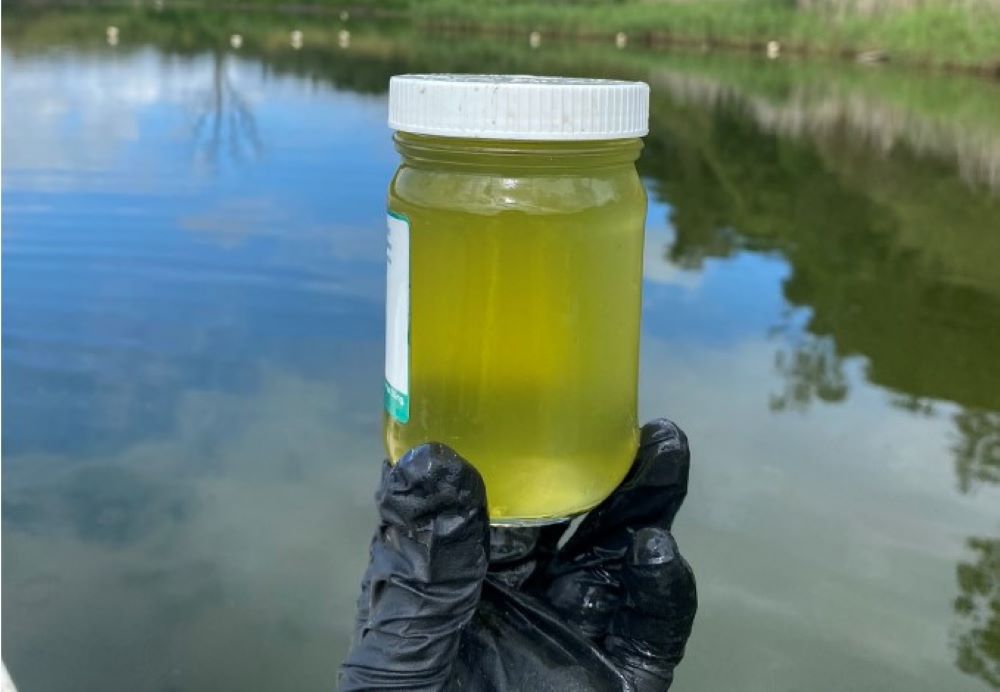
Huge cost savings
The unique approach resulted in 25 million litres of contaminated water being treated on-site.
“This was done for a fraction of the cost of transporting the leachate off-site, estimated at $5 million. “It also avoided disruption to an already impacted waste facility and road network,” said Mr Macqueen, noting that one truck movement does road damage equivalent to approximately 20,000 car movements.
The innovative process was recognised at the 2023 Engineers Australia Excellence Awards, taking out the Newcastle Project of the Year Award.
Long-term benefits
There is a large portfolio of works underway to repair and restore flood-damaged water and wastewater assets in eight council areas in the Northern Rivers, which Mr Macqueen is leading.
He said the novel approach, now known as ‘biological leachate treatment’, offers significant economic savings.
“Councils could also apply a high temperature-treatment waste to energy treatment for solid waste now, potentially making significant savings in perpetuity, with emissions filtered by algae and no negative impact on the community or environment", said Mr Macqueen.
The treatment system primarily uses air, algae and sunlight for the active treatment mechanism, so has lower costs than some alternatives.
“The system can provide councils with a low capital and operating expenditure solution for direct discharge to the environment. The benefits could be immense.”